Time Periods
Paleolithic
Mesolithic
Neolithic
Chalcolithic
Bronze Age
Iron Age
Classical Period
Post-Classical Period
Early Modern Period
Industrial Period
Contemporary Period
Time Periods
Paleolithic
Mesolithic
Neolithic
Chalcolithic
Bronze Age
Iron Age
Classical Period
Post-Classical Period
Early Modern Period
Industrial Period
Contemporary Period
Location
About
The Bujang Valley, located in Malaysia between Mount Jerai and the Muda River, is a significant archaeological site due to its extensive historical and cultural layers. Spanning approximately 1,000 square kilometers, it is the richest archaeological region in Malaysia, revealing a complex network of ancient trade routes and cultural exchanges. The valley is notable for its Hindu-Buddhist temples, known as candi, with the earliest structures dating back to 110 CE, marking it as the oldest man-made construction in Southeast Asia. Bujang Valley's strategic location facilitated trade between China and South India, and its cultural landscape reflects a blend of indigenous and Indian cultural influences, including inscriptions and metalwork artifacts. This site provides valuable insights into the socio-economic and political dynamics of early Southeast Asian civilizations.
Gallery
Explore photographs of ancient structures, artifacts, and archaeological excavations at Bujang Valley
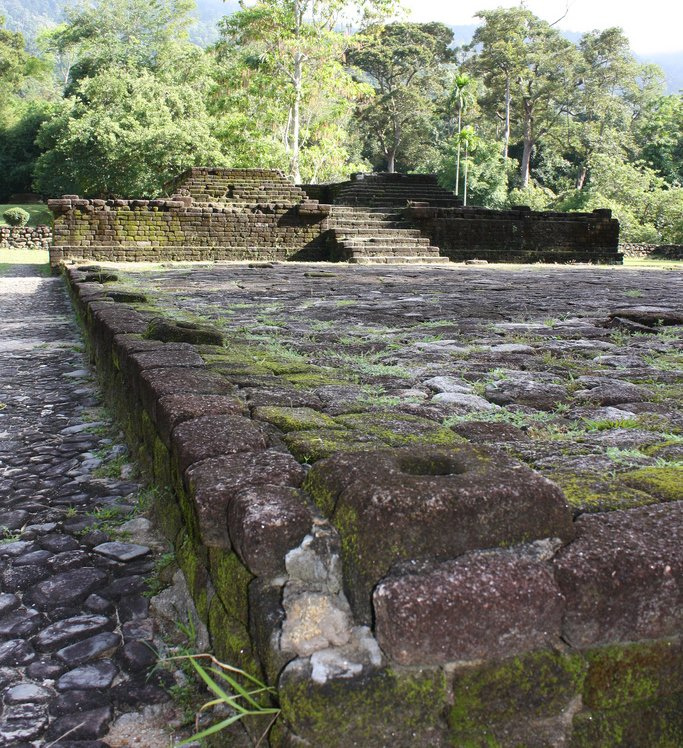
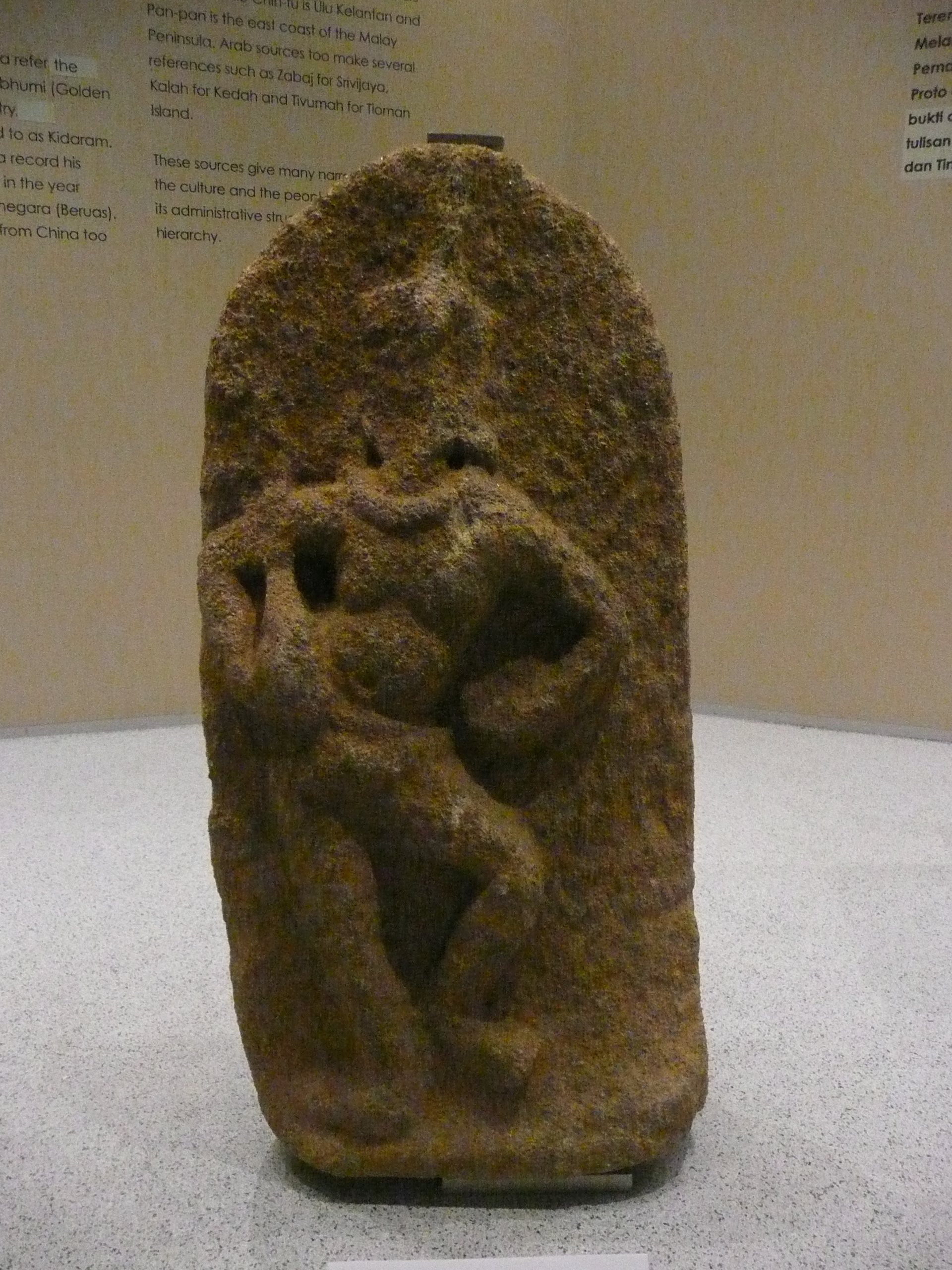
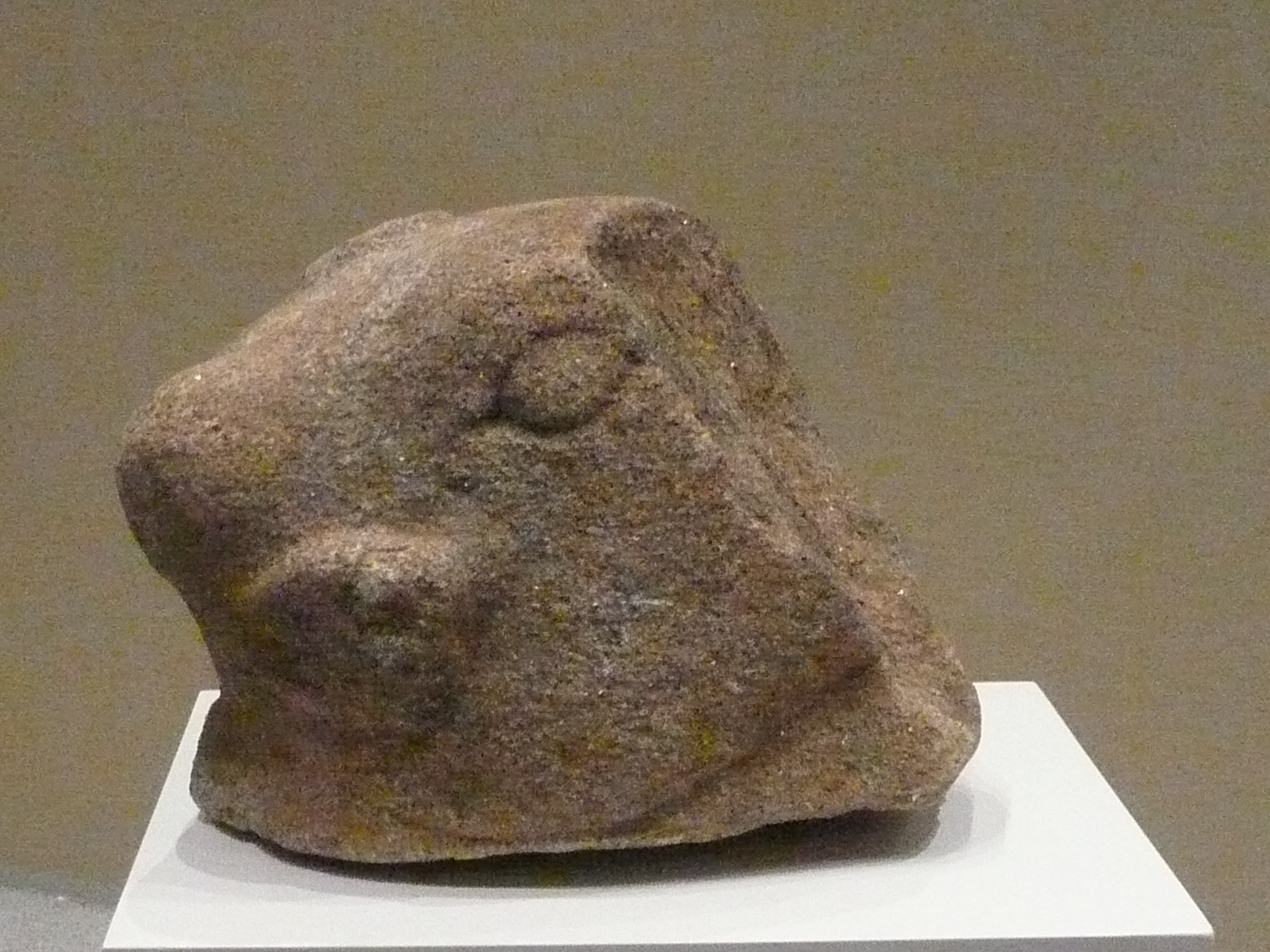
Archaeological Features
Explore the unique architectural and cultural elements found at this historical site
Industrial and Craft Structures
Religious and Ritual Structures
Artistic and Decorative Features
Transportation and Communication Structures
Historical Timeline
Journey through time and discover key events in this site's archaeological history
Plan Your Visit
Details
- Country
- Malaysia
- Source
- Wikipedia
More Sites in Malaysia
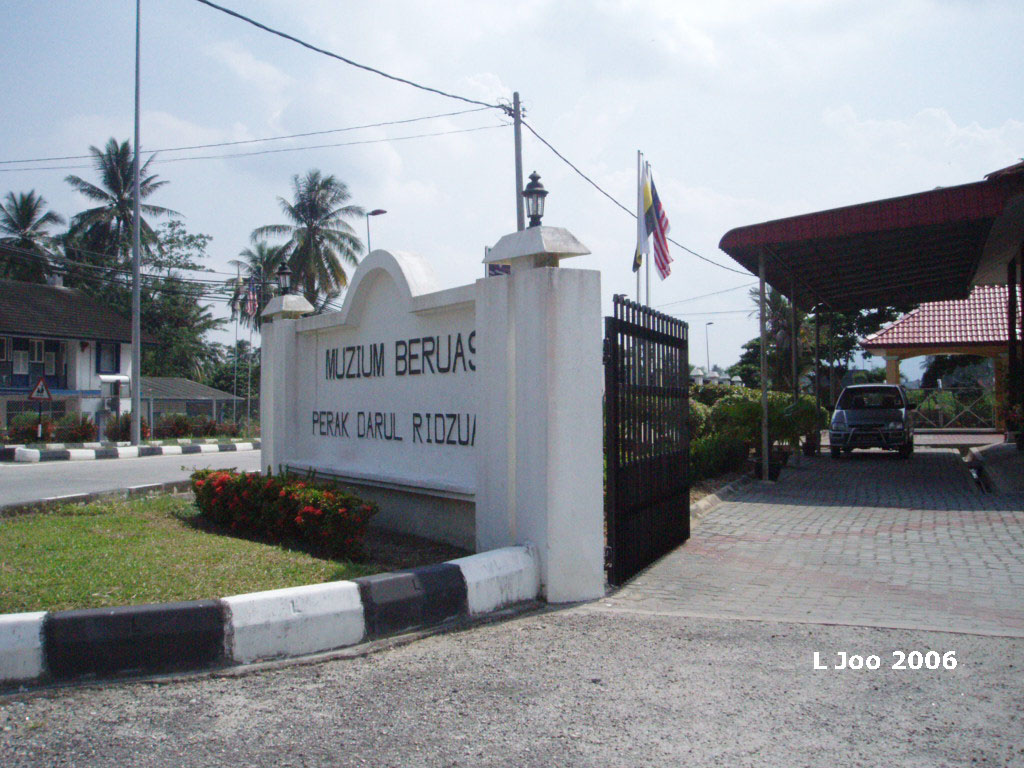
Beruas
Ancient Hindu kingdom with 5th-century artifacts
Lumuyu Petroglyphs
Sandstone boulder with ancient carvings.
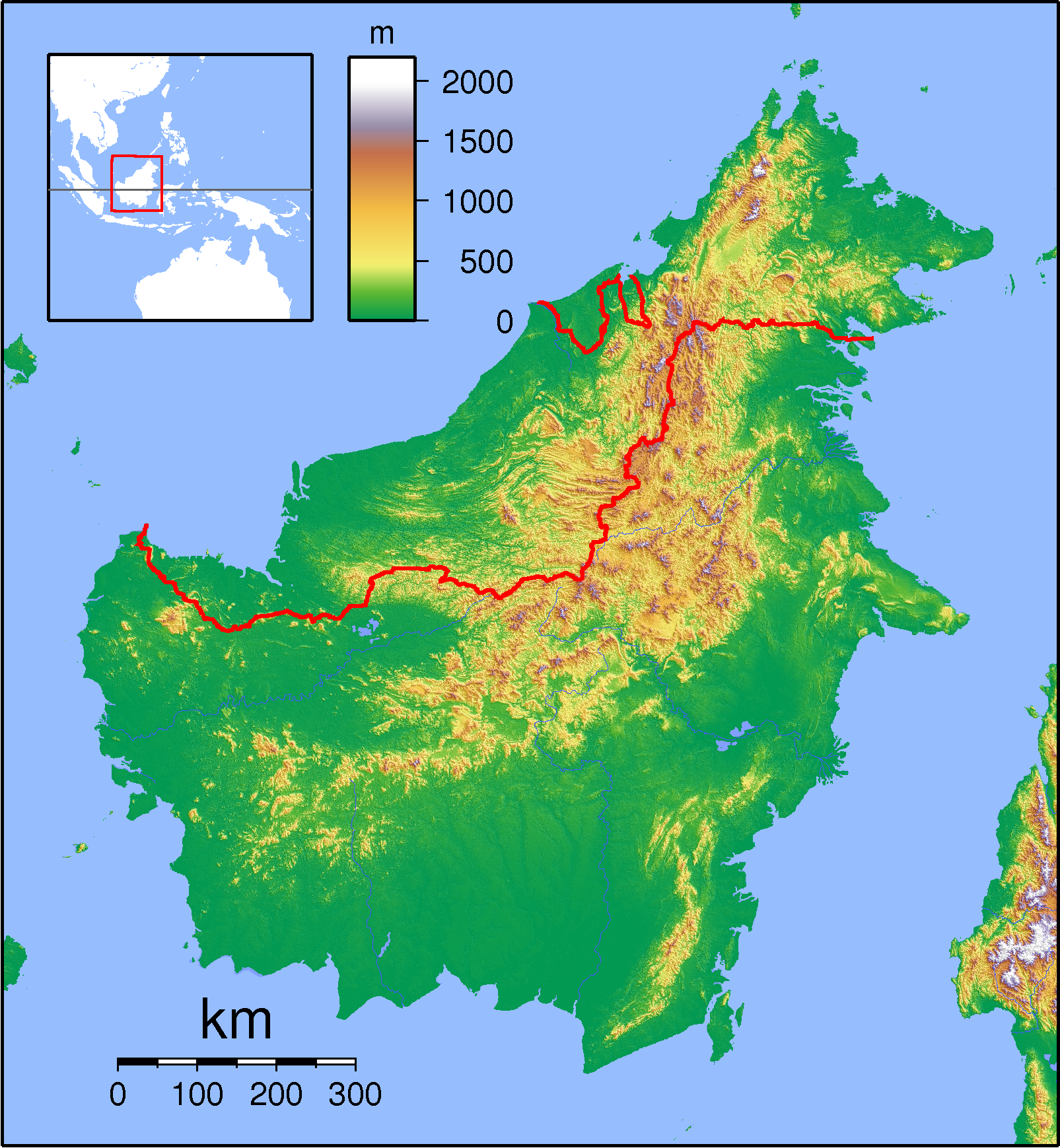
Niah National Park
Ancient cave site with human remains

Sungai Batu
Ancient Southeast Asian iron smelting site

Agop Batu Tulug Caves
Limestone caves with wooden coffins.
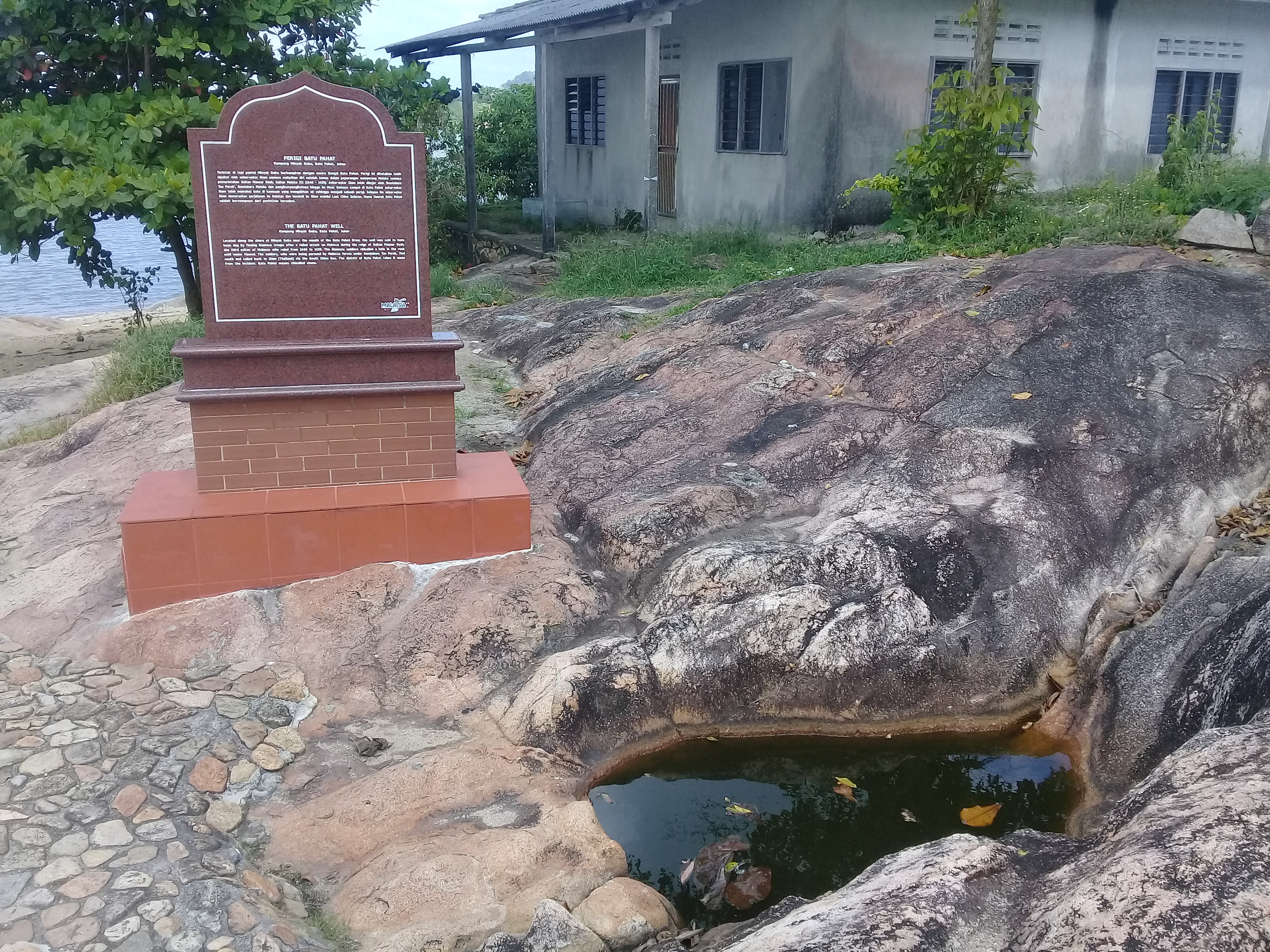
Batu Pahat Well
15th-century well chiseled from rock
